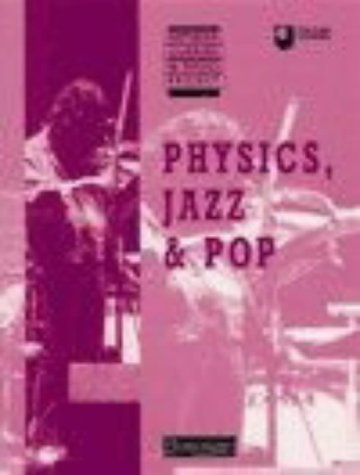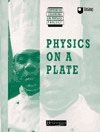Supported Learning in Physics Project (SLIPP)
The Supported Learning in Physics (SLIPP) project set out to encourage students to learn the physics that is appropriate for A-level and vocational courses by providing them with learning experiences that were worthwhile, interesting and motivating. The project was supported by a range of organizations including professional institutions, industry and government in response to the continuing decline in the numbers of students taking physics courses post-I6. The resources were published in 1998.
Responding to the decline of post-16 physics
The project team took the view that the image of physics as difficult, abstract, highly mathematical and unrelated to students' lives was one of the main factors contributing to this decline. SLIPP aimed to present a different image of physics to students - one that was related to their interests outside school and was thoroughly grounded in real-life activities.
The SLIPP units were written for students using familiar language, without sounding patronizing. SLIPP aimed to increase motivation for physics learning in two ways:
* by providing materials for a supported study programme
* by developing learning from real-life contexts of interest to a diverse range ofpost-16 students.
The supported learning strategy
In response to concerns in higher education, SLIPP aimed to introduce independent learning skills to students before leaving school. Independent learners were expected to have greater control over their own learning and take more responsibility for it, thus leading to a more satisfying learning experience.
SLIPP suggested that its success should be assessed, at least in part, by its contribution to the development of confident independent learners. However, the team realized that post-16 students are unlikely to have the level of maturity that is needed for the development of the independent learning skills expected by distance-learning course in HE. So the supported learning strategy advocated was a sort of half-way house on the spectrum from a more traditional teacher-led approach to a distance learning pedagogy.
A context-led approach
Each resource began with an introduction describing the real-life context within which the physics content of the unit was set. Each section of a unit also started with an introduction outlining the real-life context of the section and showing how it fitted into the overarching context of the unit.
The approach was to maintain the integrity of the contexts throughout each unit, rather than merely introducing context when there was an obvious physics application. This allowed the project to develop a strong storyline through each resource.
This approach led to an untraditional arrangement of the physics content, as context determined which physics topics were taught within each unit.
Resources
Filter
Built around the common core of physics A Level syllabuses this book, which is one of a series of eight titles, covers all the compulsory content with the aim of promoting independent learning for post-16 students.

Built around the common core of physics A Level syllabuses this book, which is one of a series of eight titles, covers all the compulsory content with the aim of promoting independent learning for post-16 students....

Built around the common core of physics A Level syllabuses this book, which is one of a series of eight titles, covers all the compulsory content with the aim of promoting independent learning for post-16 students....

Built around the common core of physics A Level syllabuses this book, which is one of a series of eight titles, covers all the compulsory content with the aim of promoting independent learning for post-16 students....






